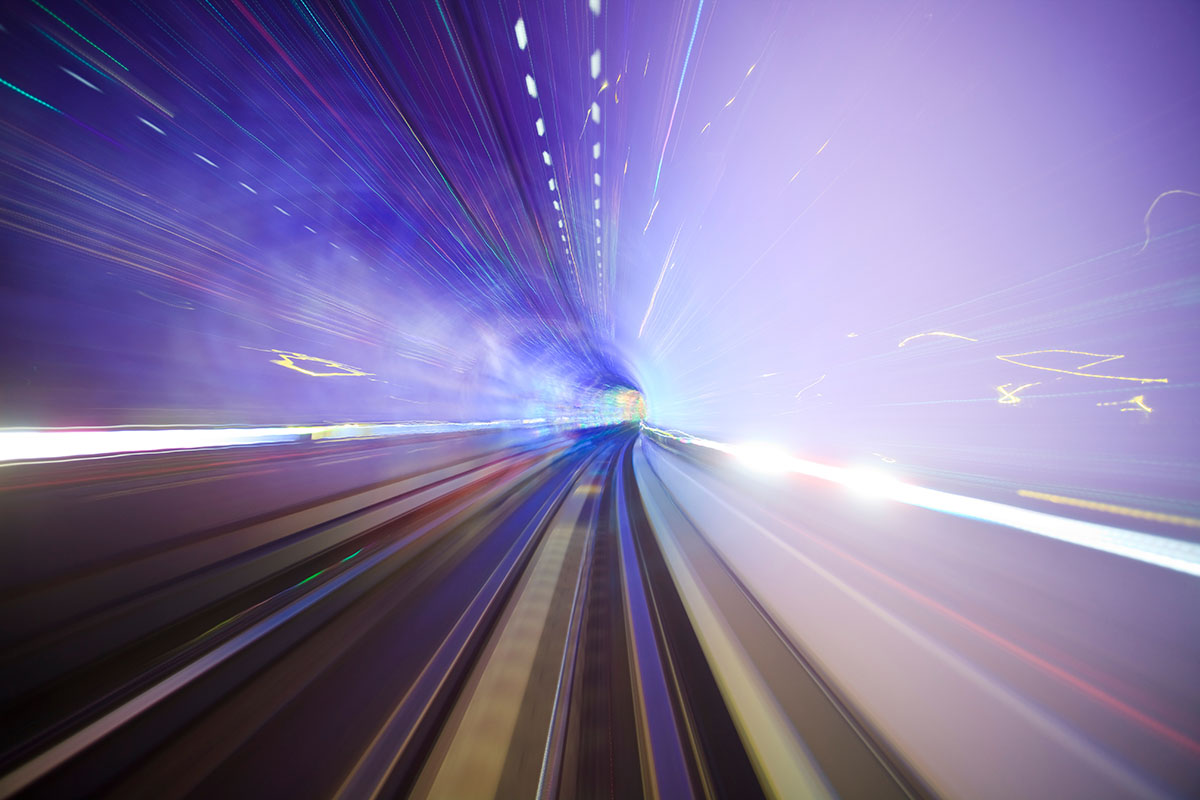 Researchers are always looking for practical ways to use new technologies to overcome longtime problems. Railroad rails are constantly subjected to severe stress. Heavy traffic, mile-long trains, braking, and acceleration put train tracks to the test. Fortunately, 3D imaging is making train commuting safer by improving the inspection process.
Researchers are always looking for practical ways to use new technologies to overcome longtime problems. Railroad rails are constantly subjected to severe stress. Heavy traffic, mile-long trains, braking, and acceleration put train tracks to the test. Fortunately, 3D imaging is making train commuting safer by improving the inspection process.
Building 3D Images with 2D Cameras
Capturing an image with a single camera works much like the human eye. Light comes in through a lens, and information is collected onto a 2D sensor. Having two eyes and a brain that can process the information correctly is what gives humans binocular vision, allowing us to see in 3D with full depth perception.
Cameras have the same limitations. When an image is captured with a single lens, it can only build a two-dimensional version of the scene. Stereoscopic cameras use multiple lenses to create an image that’s closer to the vision humans can perceive. Researchers have found a way to use such 3D images to find problems with railroad rails.
Finding a Solution for Railway Rail Defects
When tracks are damaged by stress, issues such as squats, spalling and flaking start to appear. They can often be found with a visual inspection. When the rails are replaced, the new tracks must be tested and inspected to ensure they can adequately withstand the stress. Although human inspectors can be trained to spot defects quickly, machine vision systems have struggled due to low contrast, noise, and variations in the imagery.
In recent years, 3D profile reconstruction and structured light and line-scanning stereo have been used to find defects. But both face issues when encoding and decoding structured light fringes. The resolution must be high to overcome this challenge. Illumination and shooting angles also affect the accuracy. Local distortion or loss of depth information quickly leads to false detection. Researchers have been looking for a better way.
Inspecting Railroad Tracks with 3D Imaging
Researchers developed a stereoscopic visual system that can acquire 2D images and 3D profiles of rail surfaces quickly and in high-resolution with a scan light, depth outlier detection, and a GLRNNR (Global Low Rank and Non-Negative Reconstruction) saliency algorithm. The data they captured was then used to build a depth map that could be fed into a deep learning system to identify defects quickly.
Results for the system outperformed 15 of the most state-of-the-art methods for rail surface inspection. Cars, drones, or other vehicles could zip down the tracks and perform such inspections in record time. Regular inspections that aren’t prone to human error will lead to safer train travel for passengers and protected cargo.
Do you need a camera (or two) to grant your automation system 3D vision? Purchase a camera from Phase 1 camera for your 3D imaging project!
